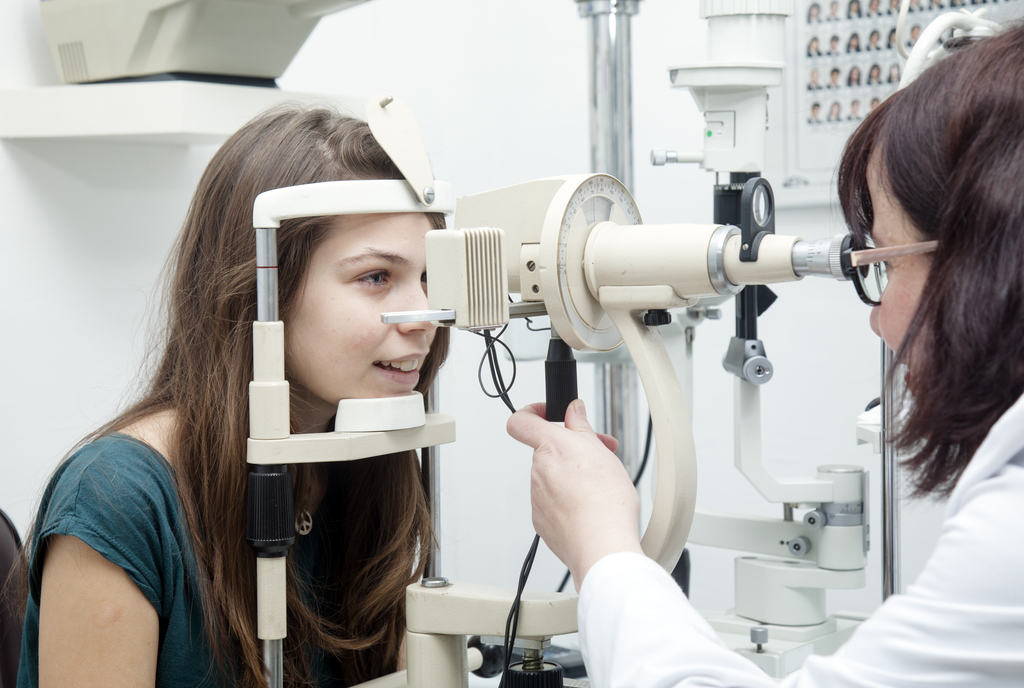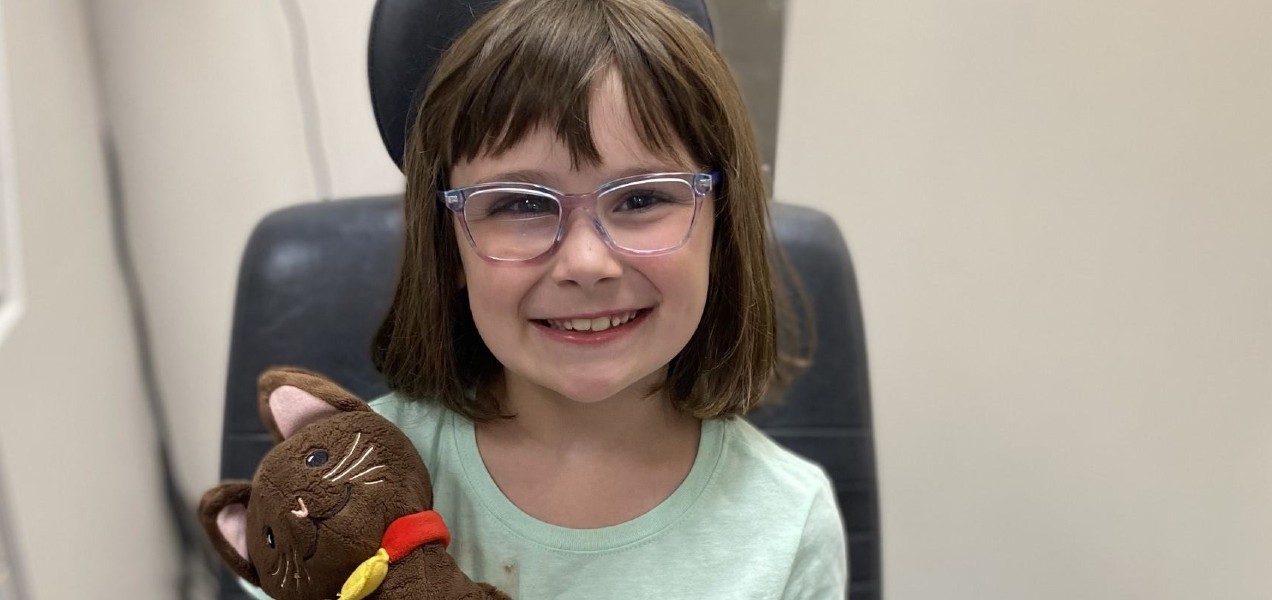Condition
Pediatric Cataracts
What You Need to Know
A cataract is a clouding over the lens of the eye.
Key Symptoms
The most common symptoms of cataracts are:
- Cloudy or blurry vision
- Trouble seeing
- Eyes that aren’t in the right position (misaligned)
Diagnosis
Doctors typically diagnose cataracts by:
- Visual acuity test
- Pupil dilation
Treatment
Treatment may include:
- Glasses
- Contact lenses
- Surgery
Schedule an Appointment
Our pediatric specialists provide personalized care for your child’s physical, mental and emotional health needs. Meet our providers and schedule an appointment today.
Frequently Asked Questions
What are cataracts in children?
What causes cataracts in a child?
Which children are at risk for cataracts?
What are the symptoms of cataracts in a child?
How are cataracts diagnosed in a child?
How are cataracts treated in a child?
What are possible complications of cataracts in a child?
How can I prevent cataracts in my child?
Meet the Providers Who Treat Cataracts
Helping Emelia See Better
Emelia loves playing dolls with her grandma and singing. Sometimes things get hard, though, because she was born with a clouded lens in one eye. Three surgeries and ongoing care at Children’s National have helped improve Emelia’s eyesight so she can do the things she loves.
Departments that Treat Cataracts

Ophthalmology
See how the pediatric ophthalmologists at Children's National specialize in diagnosing and treating complex eye problems, including strabismus, childhood cataracts, glaucoma and rare congenital disorders.

Help Kids and Make a Difference
Invest in future cures for some of life's most devastating diseases. Give today to help more children grow up stronger.





